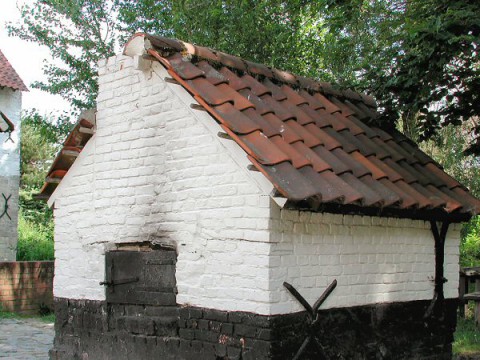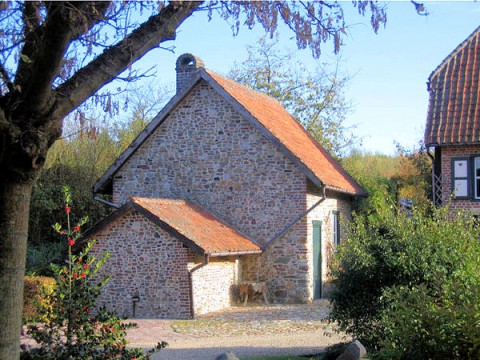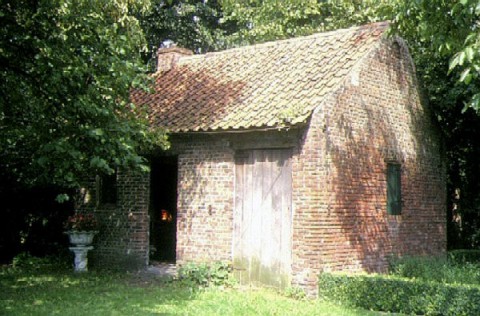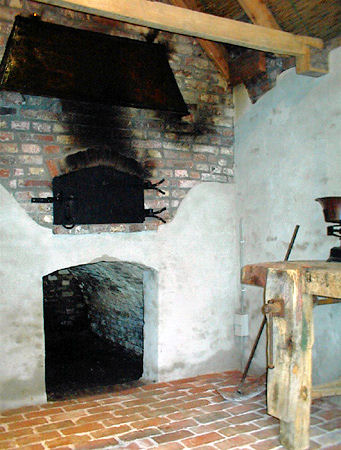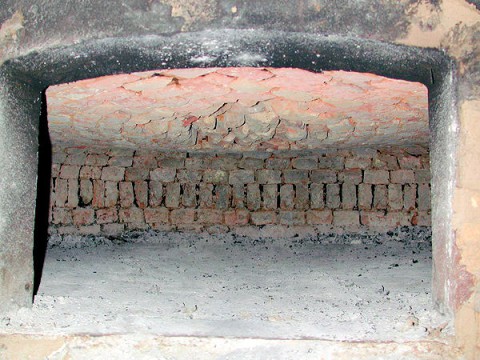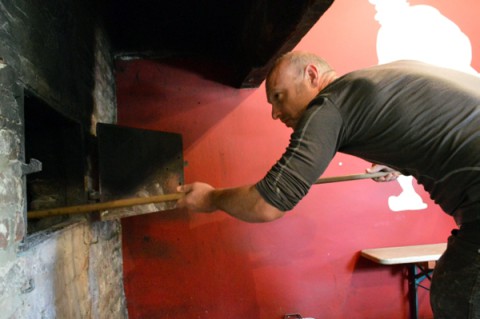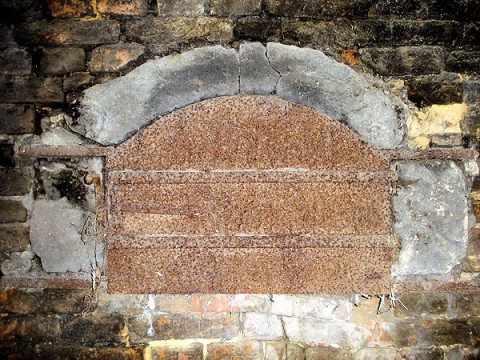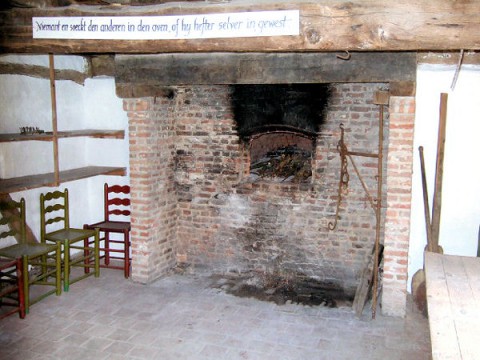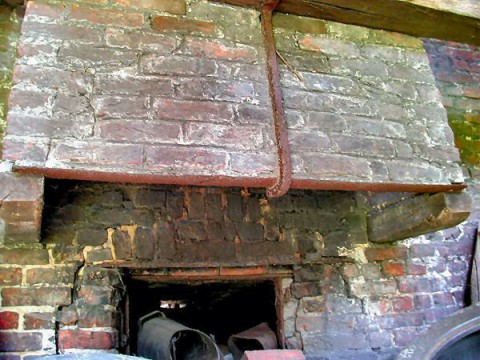What's what?
Bread oven
A bread oven is an oven that is heated with wood and used for baking bread. Such an oven can be located indoors as well as outdoors. Outdoor ovens can be built up against a house, a stable or a shed, they can be completely free-standing or be part of a bakehouse.
Bakehouse
A bakehouse generally consists of two parts: an bread oven and an adjoining front building. The oven itself can also be located inside the bakehouse.
The materials used for building bakehouses vary, depending on what’s regionally available: one can find the use of natural stone, brick and timber framing. The roof is usually tiled.
The commonest type in Belgium is the two-part bakehouse. The bakehouse and adjoining oven are built in one line, each having a separate saddle roof. The roof of the former is generally higher.
Components of the bread oven
translation under construction
Substructure
The substructure of the bread oven is the base that supports the oven floor and the oven vault. The roof supports usually rest on the substructure as well.
In the old days, the oven was placed on a wooden frame. Later on, a stone substructure was preferred, which was either bricked up and filled with earth, or consisted of a vaulted space, the “oven cellar”.
[De ondersteunende laag bestond uit één of meerdere bogen uit metselwerk. Nu wordt de voorkeur gegeven aan een gewapende betonplaat of aan betonnen vloerelementen waarop een betonnen druklaag is aangebracht. Het nadeel van een ovenkelder is dat er, via de ovenvloer, veel warmte verloren gaat.]
The entrance to the oven cellar is generally below the oven mouth. The cellar was used to store wet faggots to allow them to dry. It was also used as an ash bin, a storage area for potatoes, or a chicken coop.
Oven floor
The oven floor is the surface on which the firewood is placed and the bread is baked. The oven floor is shaped like a pear or an egg (oval). The corners are always rounded. [De ovenvloer bestaat uit twee lagen: de eigenlijke vloer en een isolerende onderlaag die opgedeeld is in een zandlaag en een leemlaag.
De eigenlijke vloer] It is made from a fireproof material, usually hard-baked brick or (floor) tiles. The joints are filled with sand.
[De leemlaag van de isolerende onderlaag kan ook bestaan uit baksteen of uit een betonnen plaat op basis van vermiculiet.]
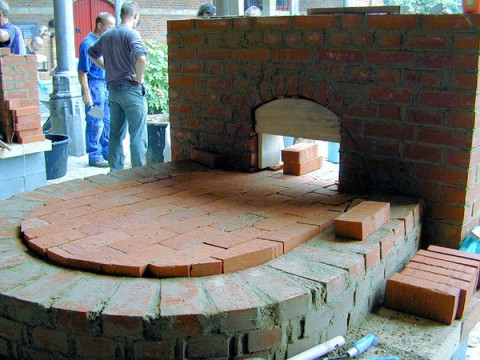
Oven vault
The oven vault encloses the space for heating and baking. The vault stores the heat of the fire, which is then released during baking.
The vault was originally made out of clay. The existing ovens generally have a brick vault, covered with a ten-centimetre clay layer. A clay mortar is used for the joints.
The shape of the vault can be reduced to two basic types: the longitudinal section has either the shape of an egg or that of a flattened dome.
Oven mouth
The oven mouth is the entrance to the vault, which can be closed during baking.
Through the mouth the firewood is put in, the heating is monitored, the smoke can escape, the coals are removed, the dough is put in and the freshly baked loaves are pulled out.
Oven door
The oven door closes off the mouth so that the heat and the vapour cannot escape during baking.
It is generally made from sheet iron. Before that, a block of wood was put in the oven mouth, with its edges covered in clay.
Chimney
Opposed to a free-standing bread oven, a bakehouse generally has a chimney to lead away the smoke.
The chimney is situated above the oven mouth. The chimney consists of two parts: a funnel that runs into the flue of the actual chimney.
Both are generally made of brick. There are some rare examples made entirely of clay. The funnel rests on two pillars at either side of the oven mouth, or on a corbelling of the oven mouth.

